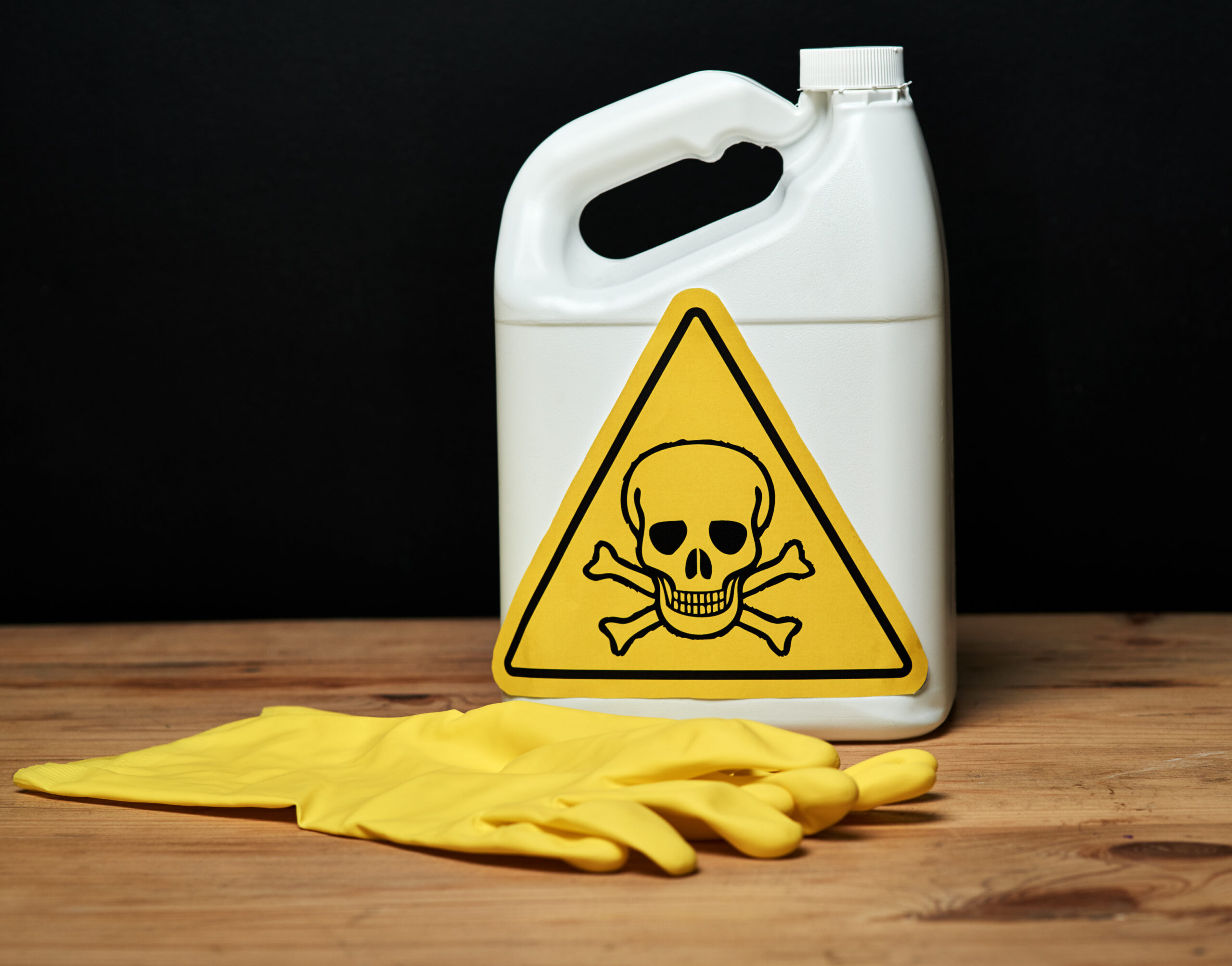Jurisdictional health and safety legislation requires most organizations to create and maintain a Health and Safety Committee (HSC).
Clear requirements are often prescribed; however, most jurisdictions allow organizations flexibility to set up their committee to be the most effective for operations.
Here at Tatonga, we were recently asked the question:

Here are some of our thoughts:
- Clearly communicate to employees what the expectations are of committee members. Be transparent, let them know what all is involved. Emphasize that being a member is not more work, it accentuates your work.
- Find the safety champions, those who go above and beyond regarding health and safety. Personally invite them to be a member.
- Offer members incentives, such as lunch.
- Incorporate the committee into the overall safety culture.
- Talk up the committee to employees and other executives. This can not only encourage the HSC, but high visibility within the organization and to management can be seen as a career opportunity to employees.
- Be flexible but supportive of the committee.
Employer tips
for supporting the company HSC:
- Establish the Terms of Reference; ensure legislative requirements are met, but also be reasonable and reflective of operations.
- Clearly define the authority of the committee.
- Provide training to members, not only regarding Terms of reference requirements, but for duties and responsibilities. Train the workforce, including management on the purpose and role of the committee.
- Ensure the HSC has adequate time and resources to not only perform their legislative duties, but to make a difference in the (culture? Program? Workplace?)
- Promptly consider recommendations arising from committee meetings, take them seriously, and always provide a response.
- Regularly review effectiveness of the committee. Is it performing as intended?
- Demonstrate commitment to the HSC. Attend meetings. Speak with members about initiatives. Speak with employees about committee tasks.
Member tips
for an effective committee:
- Clearly define roles and responsibilities, Consider assigning a champion to each, such as one member to lead the review of inspections, another to review worker health and safety concerns.
- Establish and adhere to a reporting structure and meeting guidelines. Set an agenda and keep to it.
- Set meeting times to be convenient for all and aim for full attendance.
- Meet at a location accessible to all members, that is also free from interruption and distraction.
- Come to a consensus rather than quorum.
Measuring committee effectiveness
- Do employees know who members are?
- Are employees familiar with the duties and responsibilities of the committee (i.e., that they do)?
- Is the committee seen as useful by management and workers?
- Do supervision see the committee as a barrier to their role in front line health and safety?
- Do workers report health and safety concerns?
- How is management supporting the committee?
- How many recommendations have been implemented?
- How are HSC meeting minutes made available to employees?



